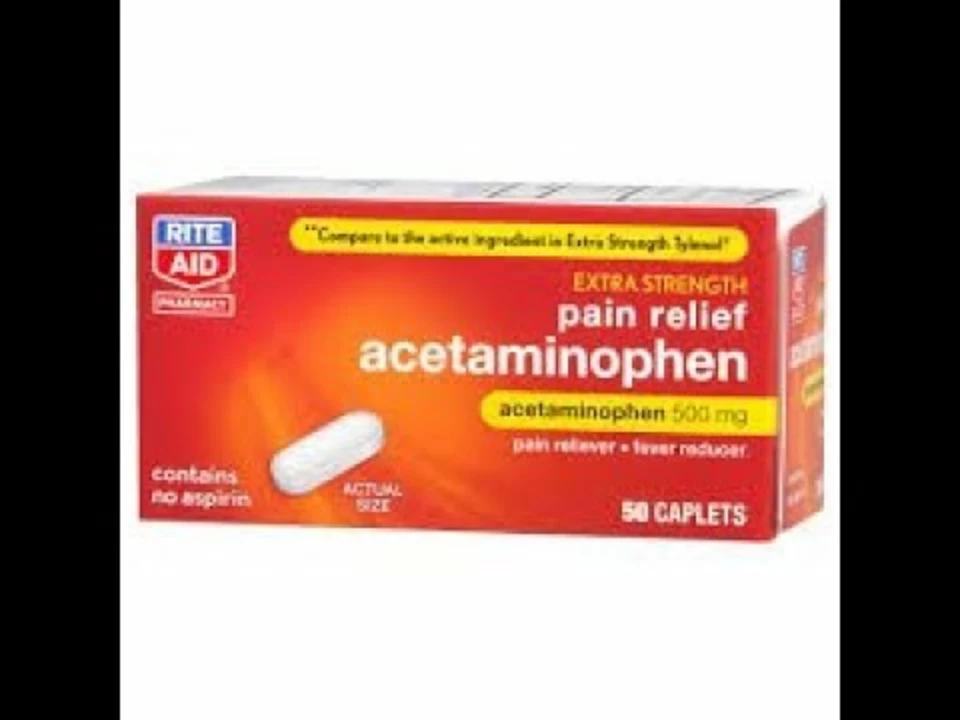Pain relief that actually helps — simple, safe, and practical
Got nagging pain right now? This tag collects clear advice on easing pain fast and safely. You’ll find plain-language guides on over-the-counter options, prescription choices, herbal anti-inflammatories, and safe ways to buy medicine online.
Match the treatment to the cause. Muscle strain, arthritis, nerve pain, and headaches each respond better to different approaches. That means the best first step is a quick check: is the pain acute (like a recent sprain) or chronic (coming back for weeks)? Acute injuries often get fast relief from ice, short rest, and an OTC painkiller. Chronic pain usually needs a plan—exercise, targeted meds, or a physical therapist.
Quick pain-relief options
Over-the-counter basics: acetaminophen eases pain and fever; ibuprofen and naproxen reduce inflammation too. Follow label limits—don’t exceed 3,000 mg/day of acetaminophen unless your doctor says otherwise, and stick to recommended OTC doses of NSAIDs if you have stomach, kidney, or heart risks. Topical gels or patches can give focused relief with fewer systemic effects.
Home measures that help: use ice in the first 48 hours for swelling, then switch to heat for sore, tight muscles. Gentle movement and short walks keep joints from stiffening. Stretching, a cold pack after exercise, and sleep hygiene all reduce pain over time.
Non-drug choices matter. Physical therapy, targeted exercise programs, and simple tools like foam rollers or ergonomic adjustments at your desk often cut pain more than extra pills. For headaches, track triggers (sleep, caffeine, meals) and try lifestyle fixes before adding regular meds.
When to see a doctor and safety tips
Get urgent care if pain is sudden and severe, comes with fever, numbness, weakness, trouble breathing, or new chest pain. Call your doctor when pain won’t ease after a few days, or if your daily life is affected.
Medication safety: tell your clinician about all drugs you take—some antidepressants, blood thinners, and NSAIDs can interact. Be careful buying meds online: use reputable pharmacies and require prescriptions for prescription drugs. We review safe online pharmacy options and give red flags to avoid shady sites.
Special groups need extra care. Kids and toddlers need pediatric dosing—never guess doses; read our hydroxyzine-for-toddlers guide before giving any stuff to little ones. If you’re pregnant, nursing, or have liver or kidney disease, check with your provider before using common pain medicines.
Prefer natural routes? We’ve reviewed herbal anti-inflammatories like turmeric and boswellia and explain what evidence supports them and how to use them safely alongside prescription care.
Want to explore specific topics? Browse articles here on migraine alternatives, herbal prednisone substitutes, safe online pharmacies, and budgeting apps for prescriptions. Pick the posts that match your pain type, read practical tips, and talk with your doctor about a tailored plan.
The potential link between acetaminophen and joint problems
Recently, I've been looking into the potential link between acetaminophen and joint problems. It seems that some studies suggest a connection between long-term use of this common pain reliever and increased risk of joint issues, like osteoarthritis. Although the research is still in its early stages, it's important for us to be aware of these potential side effects. As always, it's best to talk to your doctor about any concerns you have and consider alternative pain management options when appropriate. Let's keep an eye on this topic and stay informed about the latest findings.
Keep Reading
